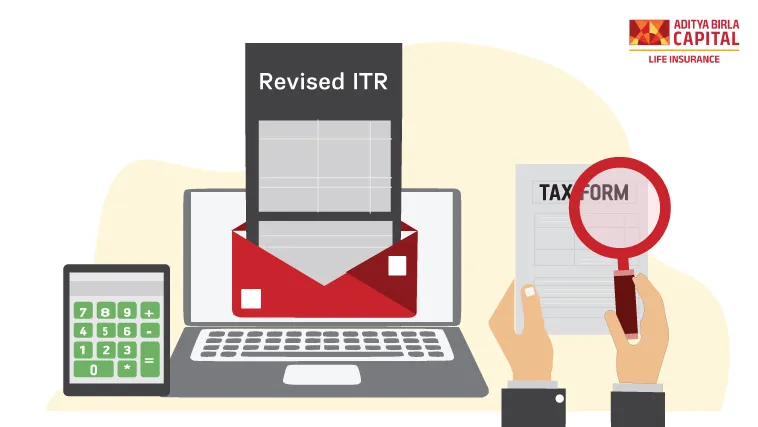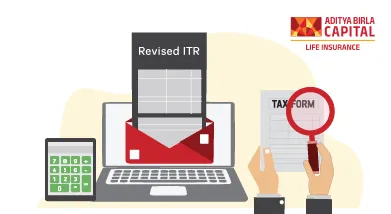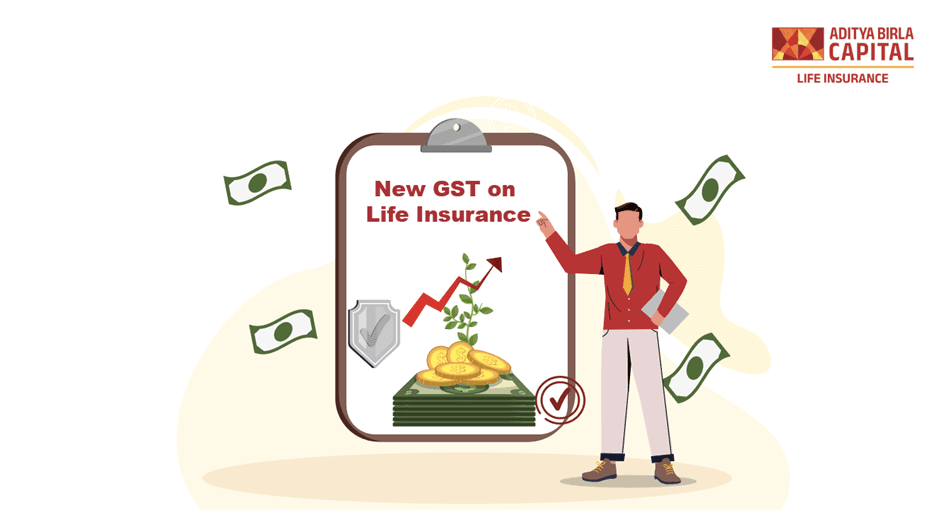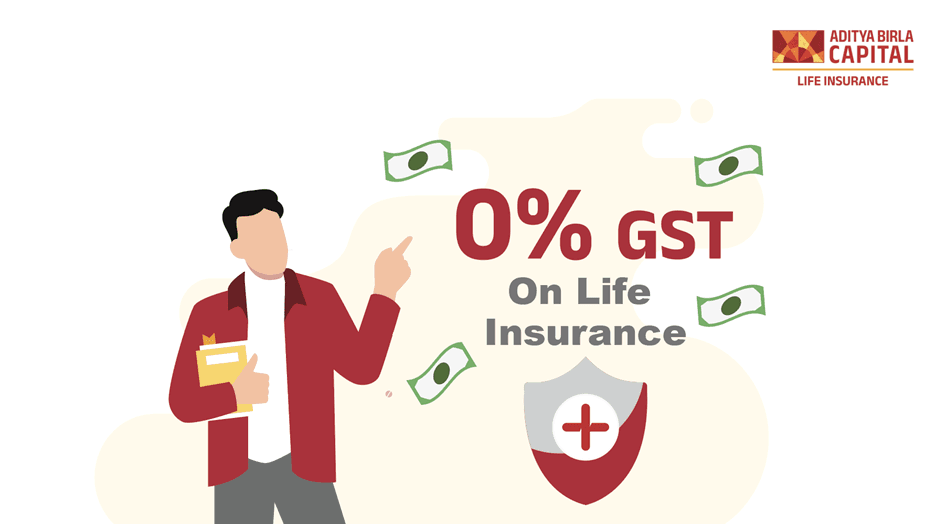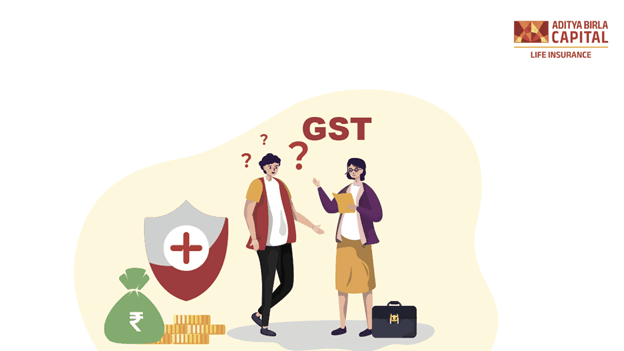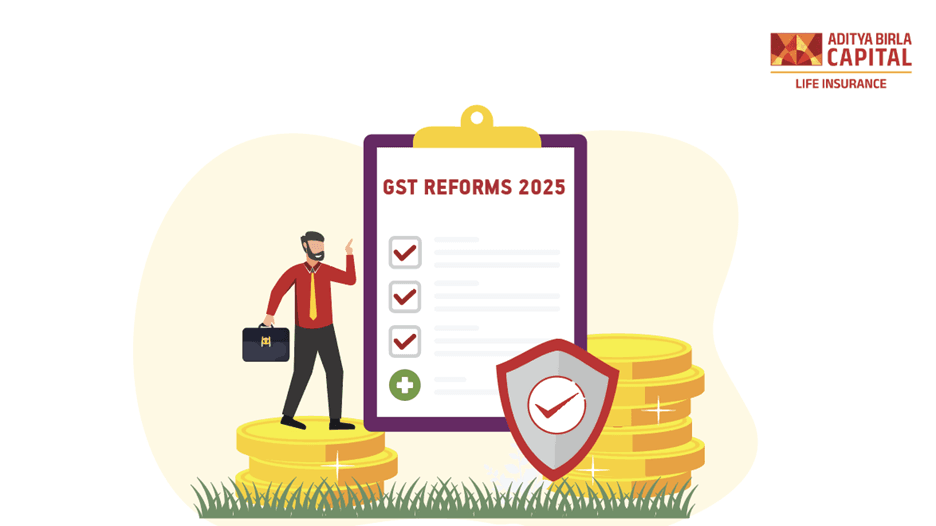On June 7th, 2022, the Income Tax Department officially unveiled its new e-filing website. The current site, www.incometaxindiaefiling.gov.in, will shortly be replaced by this new portal. The new site offers a fast and easy ITR filing procedure with a primary emphasis on providing taxpayers with a user-friendly e-filing experience.
The new site now offers ITR-1, ITR-4, and ITR-2 (both online and offline). There will also be access to more ITRs, such as the ITR-3, ITR-6, ITR-5, and ITR-7. The new ITR filing software will not cost anything to taxpayers for the month of June 2022. ITR will be completed immediately, resulting in a speedy income tax refund. All interactions relating to taxes will be shown on a single dashboard.
ITRs, or income tax returns, may or may not be applicable depending on the kind of taxpayer and the sources of income for the tax year. Each ITR, such as ITR-1, ITR-2, and ITR-3, as well as its application and non-applicability, have been discussed in this article. A poor choice of ITR may result in trouble and ITR modification). Knowing which ITR applies to you is always preferable to prevent such circumstances.
What is Income Tax Return?
An Income Tax Return refers to a form that must be filled when filing your taxes. The form typically includes all pertinent information such as your income, expenses, and so on. Every taxpayer must submit an income tax return form to the income tax division. The income received, the expenditures claimed, the investments made, and the taxes paid throughout the fiscal year must all be reported by taxpayers.
The income tax return must be submitted electronically on or before the deadline for submitting returns. The following elements determine whether ITR is applicable:
- Individual, HUF, AOP, company, and other types of taxpayers
- the source of the revenue
- Earned income amount
What Makes Filing a Tax Return Necessary?
It will be mandatory for every taxpayer to submit an income tax return if they meet the criteria listed below:
- Regardless of whether the taxpayer generated a profit or a loss during the fiscal year, it is a corporation or a firm.
- A taxpayer makes money from several sources. Example: A taxpayer receives both wage and rental income from real estate. Here, he is required to submit an ITR.
- The taxpayers wish to request a tax refund.
- If the taxpayer seeks to carry the loss forward under another item of income
- The taxpayer is a resident of India and owns property or has any financial stake in a company outside of India.
- The taxpayer has the power to sign on any international account since they are an Indian resident.
- An NRI is subject to taxation in India if all or a portion of his income comes from sources there. As a result, the NRI must submit an ITR and disclose their income.
- A taxpayer receives revenue from assets owned by a political party, research organisation, news organisation, educational or medical institution, union, not-for-profit university or educational institution, hospital, infrastructure debt fund, authority, body, or trust.
- They want to submit a loan or visa application.
Which Tax Return Should I Choose?
Sahaj or ITR-1
Applicability
Taxpayers who earned income during the financial year under one of the following heads of income must file Form ITR-1:
-
Earnings from a job or a pension
-
Revenue from residential property (excluding cases where the taxpayers want to carry forward a loss from this head of income)
-
Revenue from agriculture of up to Rs.
-
The earnings from other sources. (Excluding any winnings from the lotto or winning racehorses)
Not Applicable
ITR-1 does not apply to the taxpayer who meets any of the following criteria:
-
Gains from investments
-
Income from a job or company
-
Income from many residential properties
-
Total Annual Income is more than Rs. 50 lakhs
-
Agricultural earnings of more than Rs. 5000
-
The taxpayer has any overseas property or income.
-
The taxpayer serves as a company's director.
-
At any moment throughout the fiscal year, the taxpayer holds a position in unlisted equity shares.
-
Being a resident, the taxpayer has signing power over any accounts outside India.
-
The taxpayer, a resident, has any financial stake in a company outside India.
ITR-2
Applicability
ITR 2 applies to people and HUFs who have earned money, such as:
- Either a pension or a salary
- Gains from a residential property
- additional sources of income. (Including any winnings from the lotto or winning racehorses)
- The sum of the following must be more than Rs. 50 lakhs:
a. Salary or pension
b. Household assets
c. Supplemental income
- Agricultural earnings of more than Rs. 5000
- The taxpayer has any overseas property or income.
- Taxpayer serves as a company's director
- Gains from capital investments
- At any moment throughout the fiscal year, the taxpayer holds a position in unlisted equity shares.
- The taxpayer is an RNOR resident or resident who is not typically a resident of the same place.
Additionally, suppose the taxpayer's income is combined with the payment of another assessee whose income falls into one of the categories above. In that case, the taxpayer must submit an income tax return-2.
In this case, the spouse, child, or another assessee who has their income combined with the taxpayers is the other assessee.
For taxpayers with income from a business or profession, ITR-2 is not relevant. Depending on a few factors, these taxpayers must submit an ITR-3 or ITR-4.
ITR-3
An individual or HUF taxpayer who earns money through a professional or private company may submit an ITR-3. Additionally, the taxpayer must fulfill the following conditions:
- The taxpayer serves as a company's director.
- At any moment throughout the fiscal year, a taxpayer invests in unlisted equity shares.
- The taxpayer receives money from the company as a partner in that business.
The taxpayer may also submit ITR-3 forms for income from a salary or pension, a home, and other sources.
ITR-4 or Sugam
Individuals, HUFs, and partnership businesses (except LLP) with income from business or profession may use ITR-4 or Sugam ITR-4. The ITR-4 form may also be used by taxpayers who choose a presumptive income strategy under sections 44AD, 44ADA, and 44AE. Additionally, the turnover has to be under Rs 2 crore. The taxpayer must submit ITR-3 if the revenue exceeds Rs 2 crore.
Not Applicable
ITR-4 does not apply to a taxpayer who meets any of the following criteria:
- The whole revenue is more than Rs. 50 lakhs.
- The taxpayer has any overseas property or income.
- Taxpayer serves as a company's director.
- The taxpayer is an RNOR resident or resident who is not typically a resident of the same place.
- Income from many residential properties
- The taxpayer wanted to carry over a loss from the current year or had losses from prior years that were carried forward.
- Being a resident, the taxpayer has signing power over any accounts outside India.
- If a resident taxpayer has any financial stake in an organisation outside of India
- The taxpayer received any earnings from sources outside of India.
- At any moment throughout the fiscal year, the taxpayer holds a position in unlisted equity shares.
ITR-5
The following groups of taxpayers are covered under ITR-5:
- Company Partnerships
- Limited liability companies (LLPs)
- Association of Persons AOPs
- BOIs: Body of Individuals
- Artificial Judicial Person, or AJP.
- Estate of the Bankrupt
- The deceased's estate
- Trust and investment funds for businesses
ITR-6
Companies must submit ITR-6 online, and this ITR is relevant to them. ITR-6 does not apply to any business that generates revenue from real estate owned for charity or religious reasons. Additionally, these businesses claim an exemption by Section 11 of the Income Tax Act of 1961.
ITR-7
ITR-7 applies to individuals and businesses that must be compliant with Section 139 (4A), Section 139 (4B), Section 139 (4C), Section 139 (4D), Section 139 (4E), or Section 139 to submit a return (4F).
Below, each of the sections above is thoroughly explained:
Article 139 (4A)
This clause applies to anybody receiving income from assets held in trust or by another kind of legal obligation solely or principally for charitable or religious purposes.
Article 139 (4B)
Any political party is permitted to use this area. If the entire income is more than the maximum amount exempt from income tax under section 139A, then ITR-7 is applicable.
Article 139 (4C)
Every taxpayer who:
- Organisation or establishment mentioned in Section 10 (23A)
- Organisation mentioned in section 10 (23B)
- Association for scientific research
- Agency of News
- Any hospital or other medical facility, a university, or educational or research institution.
Will The Law Require ITR-7 Filing?
Article 139 (4D)
Any taxpayer who is not obliged to file an ITR under another provision of section 139, such as a university, college, or other institution, must submit an ITR-7 according to that section (4D)
Article 139 (4E)
Any taxpayer who is a business trust and is not obliged to submit an ITR according to another provision of Section 139 must submit an ITR-7 under Section 139. (4E)
Article 139 (4F)
Any taxpayer who is a member of an investment fund described in section 115UB and who is not obliged to submit an ITR according to another provision of section 139 shall file an ITR-7 under such provision (4E)
What To Consider When Submitting An Amended Income Tax Return?
Here are some things to keep in mind if you are submitting an amended income tax return:
- The first income tax return would be replaced with an updated one. As a result, once the amended return is submitted, it will be regarded as the taxpayer's last income tax return.
- An amended return may be filed if submitted before the deadline if your income tax return has already been completed and you have received a refund.
- An amended return may be submitted if the ITR form has to be updated.
- There is no restriction on how often you may submit an amended tax return, so you can do so as often as you want.
- An amended return cannot be submitted if the assessing officer completes the assessment of your income tax return by Section 143-(3) of the Income Tax Act of 1961.
If you submit an amended income tax return, the income tax agency won't impose any fees or penalties. So, don't be concerned if you make errors while preparing your income tax return, considering the intricacies involved.
You may submit a revised return and fix any mistakes you made. If there are any errors on your return and you don't offer an amended return, the income tax division will notify you of the mistakes. If you qualify for an income tax refund, it won't be given until a new return is submitted. So, if necessary, update your income tax records and present a valid return.
Penalty for Failing to File an ITR
Depending on how much time passes between the due date and the actual ITR filing, a penalty for failure to file an ITR is assessed. This penalty may be anywhere between Rs 1000 and Rs 10,000. A taxpayer must also carry forward losses and apply for an income tax refund in addition to the sentence.
Taxpayers are required to submit their returns on time every time by keeping track of the deadline. If a taxpayer believes they may have overlooked any information or submitted the wrong return, the option to amend the return is always available.
Revising a tax return is preferable to not filing one at all.
How Do I File a Tax Return?
There are two methods you may use to submit your income tax return. To start, you may submit your income tax return online. The return may be prepared using an Excel or Java tool, uploaded, and submitted online through the website. You may submit your ITR online for both choices. The method of preparation upon return is the only distinction.
Prepare your submission online.
This alternative requires you to prepare the return by directly inputting the necessary data on the e-filing site.
- First, enter your ID (PAN) and password to access your account on the website.
- Choose "Income Tax Return" from the drop-down menu under the "e-file" heading.
- The assessment year and ITR type should now be included.
- Select "Original/Revised Return" as the "Filing Type."
- To continue, choose "Prepare and Submit Online" from the "Submission Mode" drop-down menu.
- Carefully review the instructions and complete all the required and pertinent fields.
- Click on the "Save Draft" button from time to time to make sure you don't lose any data because of session time out. This draught is open for revision for the next 30 days.
- In the "Taxes Paid and Verification" tab, choose the appropriate Verification option.
- Verify all the information entered in the ITR before clicking the "Preview and Submit" button.
- Finally, click "Submit" on the ITR.
Prepare using a tool, then submit online.
- Go to the official website to get the Excel or Java tool.
- Download the file after selecting the assessment year. There will be a zip file download. Remove the tool from the zip folder.
- Click "enable content" after opening the downloaded file, then "enable macros."
- Verify each utility page and add the pertinent information.
- File saving. Create and save the XML now.
- Enter your ID (PAN) and password to access your account on the website.
- Choose "Income Tax Return" from the drop-down menu under the "e-file" heading.
The assessment year and ITR type should now be included.
- Select "Original/Revised Return" as the "Filing Type."
- Continue by selecting "Upload XML" under "Submission Mode.
- Select the verification option after that, then submit the income tax return.
- Check the income tax return last.
